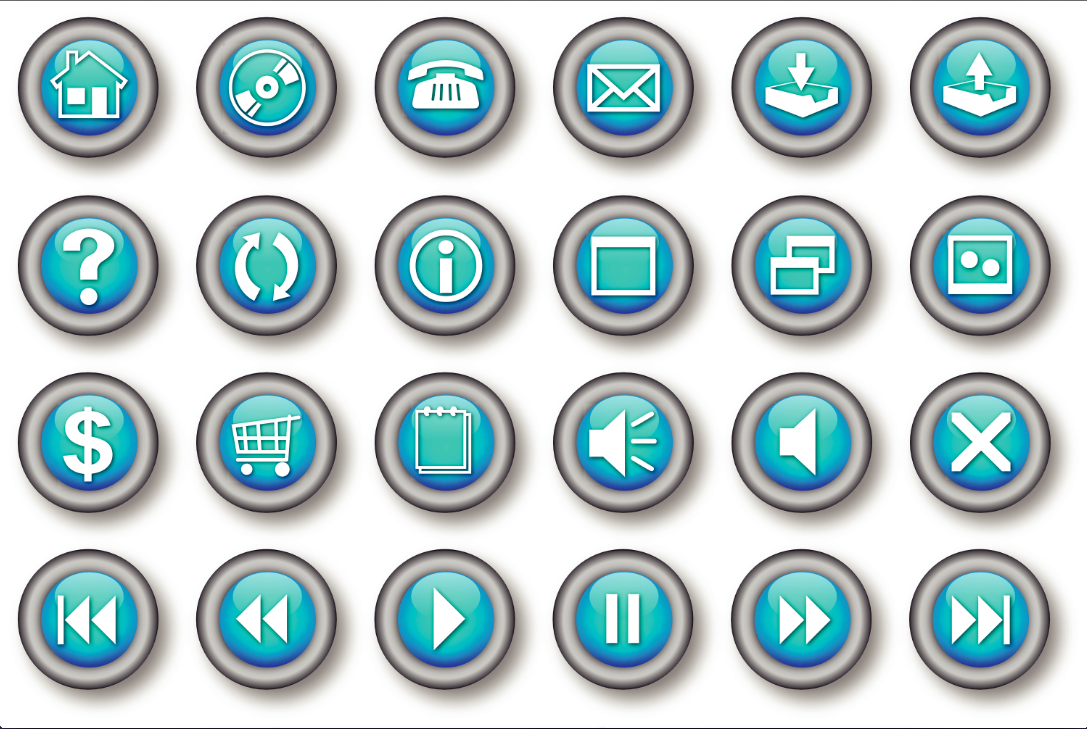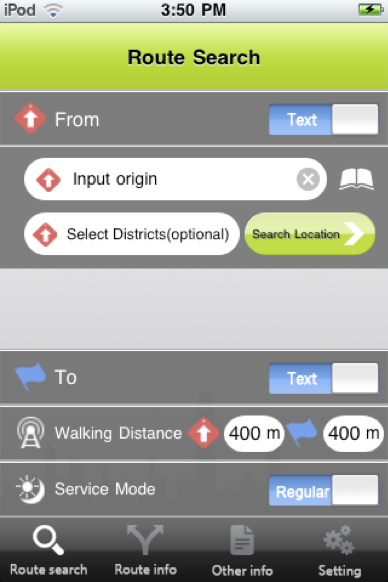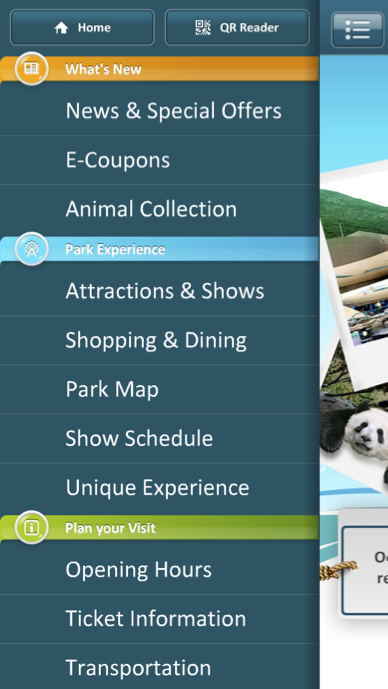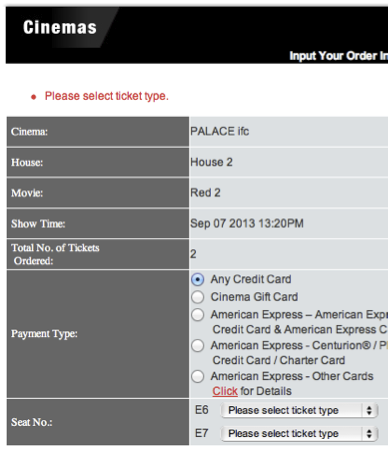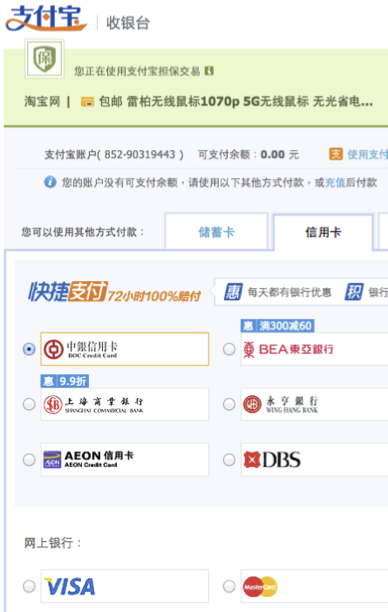A common question that my clients ask me is: My customers use a few features on my website only. Why don’t my customers use other good features on my website? Maybe you ask a similar question like my clients, so I’d like to share how I usually start to respond to the question. I usually start to evaluate the low-usage features based on the following questions:
- Do people expect your product to provide Feature X?
- Can people find Feature X?
- Can people use Feature X?
- Do people want to use Feature X?
Do People Expect Your Product to Provide Feature X?
If people do not expect your product to provide certain features or contents, they won’t take the initiative to look for them.
Example: HKeTransport app
HKeTransport helps people find public transport information. I asked the usability test participants to find out how they could go to seafood restaurants (perhaps in Sai Kung or Aberdeen) from where they were in the moment. No participants took the initiative to find the current location feature in the app. They simply inputted their current location information manually. It did not occur to them that the app would provide the feature.
Note: The HKeTransport app has already put the current location feature on the home screen.
Can People Find Feature X?
If people expect your product to provide certain features or contents, can they find the features and contents?
Example: Ocean Park app
I asked several people to find out the types of penguins that they could see in the Ocean Park using the Ocean mobile app. It was very difficult for people to find the information. The features were labelled very ambiguously. Certain features were loaded so slow that it was very difficult for people to explore feature to feature quickly.
Can People Use Feature X?
If people can find your features or contents, are they able to use them?
Example: Broadway Cinema website
I asked a few people to buy tickets on the Broadway website. The reservation feature was not easy to use. People did not realize that they needed to select the ticket type, and did not notice the error message on the top of the reservation form.
Do People Want to Use Feature X?
If people know how to use your features or understand your contents, do they want to use them?
Example: Taobao website
I usability-tested the website with Hong Kong users. All of them had experience making credit card payments on shopping websites. However, most of them refused to use their credit cards to buy goods on the Taobao website. They doubted the credibility of the Taobao website. They were afraid that their credit card information would somehow be stolen.
The above questions can be related. If people do not know how to use your features efficiently or effectively, they do not likely feel that they want to use them. If people do not expect your product to provide certain features, you may help them find the features, e.g., introduce the features on the popular landing pages or in your eNewsletters.
Ada Yuen is co-founder of AddiThink, which provides usability, content strategy and social media marketing consulting services. She has been working in the user experience industry since 2003. Before that, she was an IT developer. Follow her or AddiThink on Twitter, Linkedin and Faceb


